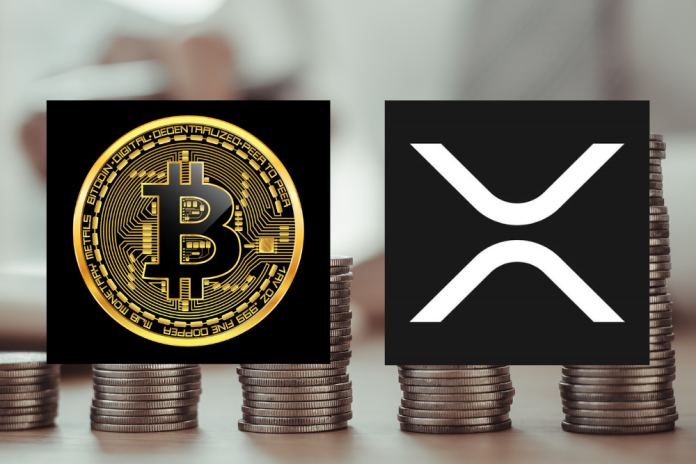In a presentation to the International Monetary Fund (IMF) and the Swiss National Bank, Ripple CEO Brad Garlinghouse outlined a bold vision for the future of digital assets and blockchain technology. He highlighted the inefficiencies in traditional financial systems and positioned Ripple’s XRP as a pivotal tool for fostering global liquidity and democratizing access to international markets.
Revolutionizing Global Liquidity
Garlinghouse emphasized the critical role digital assets can play in addressing liquidity challenges across the globe. He remarked, “You can use digital assets to have global liquidity on demand.” This assertion underscores the potential of cryptocurrencies to bridge the gaps in the traditional financial infrastructure, particularly in regions with underdeveloped or fragmented financial systems.
He noted that exotic currency corridors—those involving less commonly traded currencies—often lack efficient solutions for liquidity. Banks and financial institutions face high costs and delays in facilitating cross-border transactions in such corridors. Garlinghouse explained that XRP’s ability to provide on-demand liquidity (ODL) could transform these challenges into opportunities, leveling the playing field and democratizing access to global financial networks.
XRP vs. Bitcoin: A Technological Edge
While Bitcoin remains the most recognized cryptocurrency, Garlinghouse was candid about its limitations. “Bitcoin per transaction is slow and expensive, while XRP is faster and 1,000 times cheaper per transaction,” he stated. This comparison highlights XRP’s superiority in terms of speed and cost efficiency.
Bitcoin, often referred to as “digital gold,” has cemented its place as a store of value but struggles with scalability and transaction costs in practical, everyday use cases. In contrast, XRP was designed with real-time payments in mind, offering a scalable and cost-effective solution for high-volume transactions.
The Internet of Value
Drawing parallels to foundational internet protocols like IP, HTTP, and TCP, Garlinghouse articulated Ripple’s vision for blockchain technology. He described these protocols as the bedrock of the internet of information, enabling seamless global communication.
Similarly, blockchain technologies, including XRP, could serve as the foundation for the “internet of value,” a world where value—whether it’s currency, assets, or data—can be transferred as easily as information.
Ripple aims to integrate these technologies into existing financial systems, creating a more efficient and interconnected global economy. By doing so, blockchain technology would not merely disrupt the financial industry but enhance and complement its infrastructure.
The Social Perspective: A Shift in Paradigm
The significance of this presentation was amplified when Amelie, an observer, shared a video clip of Garlinghouse’s remarks on X. In her post, she summarized the sentiment with a striking analogy:
“BTC = Beta Test Coin
XRP = Final Solution”
This perspective reflects a growing belief that Bitcoin, as the pioneer, laid the groundwork for blockchain technology but that XRP represents the next evolutionary step—purpose-built for practical, large-scale applications.
Ripple’s Vision: Building Bridges, Not Walls
Garlinghouse’s message to the IMF and Swiss National Bank underscores Ripple’s commitment to fostering global financial inclusion and efficiency. By leveraging XRP’s technological advantages, Ripple seeks to create a world where cross-border payments are no longer burdened by high costs, slow processing times, and liquidity constraints.
The path forward, as envisioned by Garlinghouse, is one of collaboration. Ripple’s approach is not to replace traditional financial systems but to enhance them, using blockchain technology to build bridges that connect disparate financial ecosystems.
Brad Garlinghouse’s presentation was more than a pitch for XRP—it was a call to action for global financial leaders to embrace blockchain as the backbone of the internet of value. As the world moves toward a more interconnected and digital economy, solutions like XRP stand at the forefront of this transformation, offering speed, cost efficiency, and accessibility.
Ripple’s vision aligns with a future where financial systems are no longer siloed but united, enabling value to flow freely across borders in the same way information does today. The question is no longer if this transformation will occur, but when—and XRP appears poised to lead the charge.
Disclaimer: This content is meant to inform and should not be considered financial advice. The views expressed in this article may include the author’s personal opinions and do not represent Daily Addaa’s opinion. Readers are urged to do in-depth research before making any investment decisions. Any action taken by the reader is strictly at their own risk. Daily Addaa is not responsible for any financial losses.

